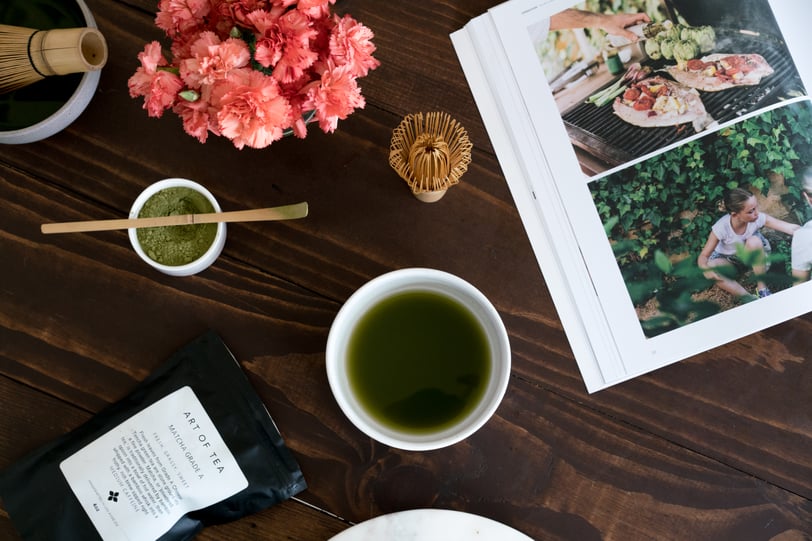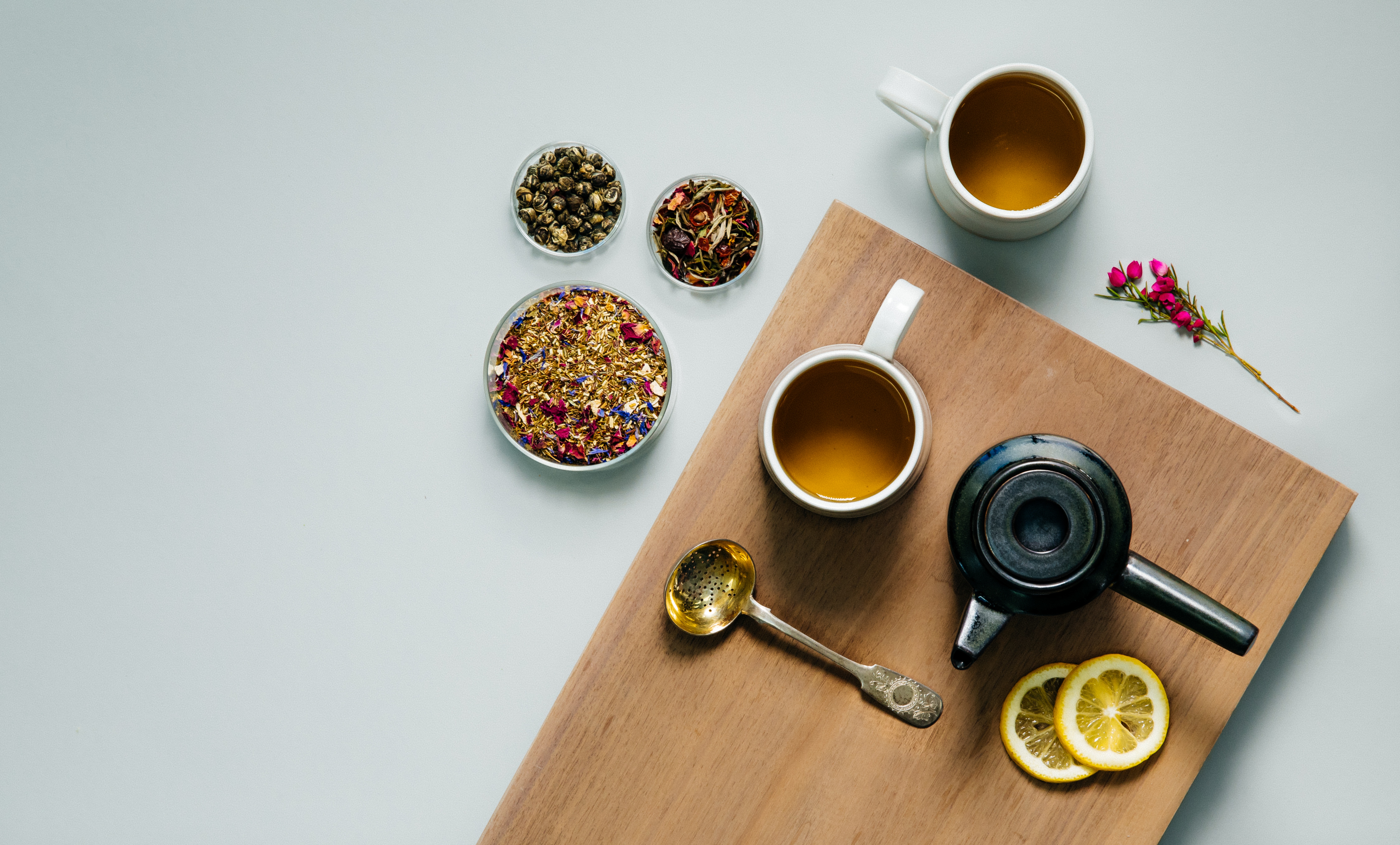Matcha isn't just a finely-ground powdered green tea produced from high-quality, shade-grown leaves. It's also one of the teas most full of antioxidant properties. This is because unlike other loose-leaf teas, matcha is whipped into suspension and the entire leaf is consumed. In essence, when we are consuming a cup of matcha, we are consuming the whole tea leaf. Because the leaf is ingested, a cup of matcha contains way more antioxidant health benefits than your standard cup of tea. In fact, one serving of matcha is the equivalent to drinking several cups of traditional green tea.

An antioxidant is a substance that prevents the oxidation of another substance. Sounds simple, right? Oxidation is the loss of an electron when two substances interact. The substance that loses the electron is oxidized. Oxygen is a well-known oxidizing agent, hence the term oxidation. We are most familiar with this happening to apples turning brown when they are cut open, or metals when they start to rust. Antioxidants are the body’s defense agents. They are chemical compounds that prevent aging and chronic diseases. Put simply, the more you have, the better equipped your body is in the fight against infections and disease.
The method for quantifying the strength of antioxidants in food is through Oxygen Radical Absorbance Capacity. According to the latest research, matcha is packed with more antioxidants than any other superfood. Experts at Tufts University discovered that matcha possesses an amazing number of antioxidants. Matcha’s ORAC rating is an incredible 1573 units per gram (upg), compared to pomegranates 105upg, blueberries 93upg, or broccoli 31upg.
Free radicals are substances that set off a chain reaction which can be damaging to cellular structures. Free radicals are natural byproducts of the metabolic processes that are believed to be responsible for aging and the development of several different diseases, such as cancer. Antioxidants block, or stop the oxidation process, thereby neutralizing free radicals and stopping the chain reaction before it starts. Although our bodies produce some antioxidants naturally, we also require antioxidants from food. Polyphenols are the most common antioxidant found in tea. This phytonutrient is a byproduct of a plant’s metabolism and is made up of many phenol units. (A phenol is an organic compound that is mildly acidic.)
Over a thousand years ago, matcha came to Japan by Buddhist Monks to aid them in their meditation practice. Monks would drink matcha prior to long hours of meditation, to remain alert and calm. Today, scientists have figured out why matcha was so conducive to supporting these sessions. Matcha is rich in L-Theanine, an amino acid that actually promotes a state of relaxation and well-being by acting upon the brains functioning. While stress can induce beta waves (an excited, more agitated state), L-Theanine creates alpha waves, which leads to a state of relaxed alertness. Though L-Theanine is common in all tea, matcha contains more of this amino acid than other tea types. Additionally, L-Theanine from a bowl of matcha promotes concentration and clarity of mind without any of the nervous energy found in highly caffeinated drinks like coffee. Matcha is the perfect pick-me-up for the afternoon or anytime you require extra focus.
We all know “green” is truly the color of health. Chlorophyll, the element that gives green tea and other plants their signature color, is also a powerful detoxifier, helping to eliminate both chemicals and heavy metals from the body. Because the leaves used to make matcha are shaded for a period of time before harvesting, chlorophyll is significantly increased within the leaf. Matcha helps to safely cleanse and purge the body of harmful elements. You probably know that plants couldn’t live without chlorophyll (the green substance in plants that makes it possible for them to make food from carbon dioxide and water), but maybe you’re wondering what kind of chlorophyll benefits there are for humans. Chlorophyll effectively decreases oxidative damage by neutralizing oxidants in the body.
Matcha has many healthful benefits as compared to standard teas. Whether you or your customers are cramming for that exam, going to yoga, reading a book, pulling an all-nighter to finish a product, or just looking to improve your overall wellbeing, matcha will be there to support you.
Art of Tea is an award winning purveyor of specialty and organic teas, based in Los Angeles, CA.
If you found this article helpful, please share it with coworkers, colleagues, and fellow lovers of tea.

